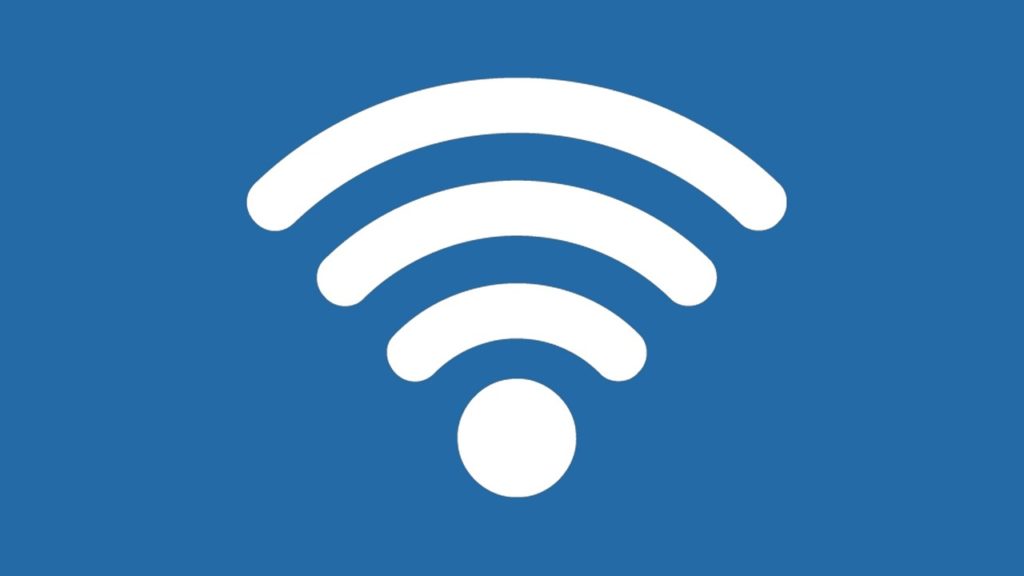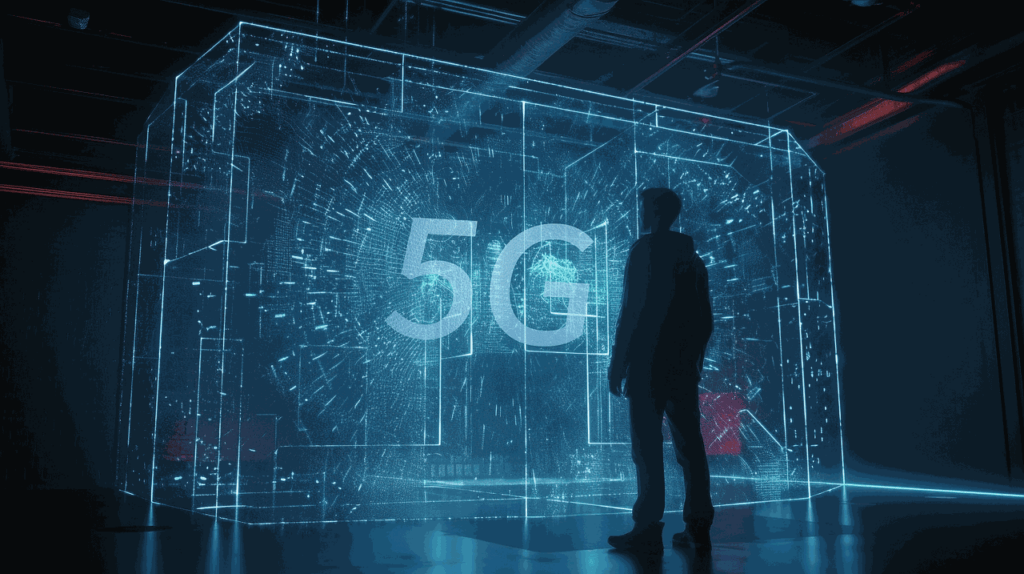Wi-Fi 6 and 5G networks are often pitted against each other as the future connectivity standard. While many have a proposed a “winner”, the success of organizations and the experience of consumers will depend on the co-existence of both. With each technology bringing its own significant advantages, the decision of which to use will essentially come down to the individual application or use case at hand.
Common benefits of Wi-Fi 6 and 5G networks include faster speeds, reduced latency and more efficient use of spectrum. Overall, the increased capacity will enable many more devices to simultaneously connect from different directions, with a broader range of movement. Reduced network handshaking will also improve the battery life of devices.
At first glance, the choice between Wi-Fi or 5G networks is clear. Consumers and enterprises have long turned to Wi-Fi for their “untethered” connectivity needs, and indoor devices and existing enterprise applications are likely to migrate to Wi-Fi 6. Ultimately, it would seem that the lower cost of Wi-Fi, combined with the accessibility of unlicensed Wi-Fi spectrum, easy manageability, and already available Wi-Fi 6 devices (shipping since 2018), will make Wi-Fi 6 the default choice.
At second glance, however, the current pandemic has brought much more for the industry to consider.
The needs and expectations of consumers are changing
Due to COVID-19, consumers have found themselves rearchitecting their lives from home, and the resulting habits are creating new connectivity needs. For the average person, remote work, telehealth, eLearning have become a normal part of daily life.
According to research from Amdocs, 30 percent of consumers experienced remote work for the first time during quarantine, and 20 percent have tried remote learning. Further, entertainment is exploding, with 26% of consumers trying a new media service during these long months.
As society reopens, we expect consumers to continue accessing these capabilities outside the home, with 5G enabling the same seamless experience that consumers have gotten used to under lockdown.
How private 5G networks alter the discussion
While Wi-Fi 6 brings greater scale and performance to enterprise applications, the technology still must be able to guarantee the quality of service, provide advanced security and ensure the fullest possible coverage – all which will be crucial in a post-pandemic future. This is where private 5G networks with dedicated bandwidth become essential.
For example, to protect customers against COVID-19, 5G-enabled robots are being used to greet and triage people in hotels, hospital reception and quarantine facilities. Yet these robots require low latency and high bandwidth. Dependency on Wi-Fi creates a real risk of dead spots and network issues affecting the robots’ ability to function as they move around. This is why a dedicated 5G network is needed.
With its large-scale automation, 5G is well-placed to manage latency, quality-of-service, security and high-volume requests. And as opposed to Wi-Fi, there is no interference or fighting for network capacity, since such functionalities run over SLA-guaranteed connections that Wi-Fi cannot support.
Further, private 5G networks can enable advanced applications on-premise or at the edge. Beyond the hospital robotics example, manufacturing companies could use video monitoring and AI to check the quality of production lines instead of performing manual inspections.
As private 5G networks begin to pick up steam, we’re seeing increased experimentation among enterprises creating their own use cases. Indeed, at the end of last year, even before the pandemic, Deloitte predicted that more than 100 companies would test private 5G deployments by the end of 2020. Practical options to achieve this include using a ‘slice’ of a public 5G network or creating their own 5G private enterprise network.
Adoption moving forward
The question we should be asking is not which technology will “win,” but rather, how to seamlessly manage networks across various options.
Knowing that Wi-Fi 6 and private networks will be used in different combinations, ensuring the right technologies are in place to manage various approaches – including 5G, Wi-Fi, LTE and private networks – in a hybrid environment will become essential. Standards bodies and equipment manufacturers are already working to enable seamless handoffs between Wi-Fi 6 and 5G networks. However, the software that manages them remains separate, which can be the source of ongoing issues. As we move forward, having new software platforms that can manage both technologies in one place – seamlessly – will therefore become critical.
With Wi-Fi 6 and 5G both here to stay for the long-term, the task at hand will lie in leveraging the power of new technology advances to harness the combined power of both. By maximizing their advantages and minimizing their limitations, we’ll see businesses advance and customer experience improve.
- Why our Digital Future Needs a Connectivity Coexistence - October 19, 2020
- Beyond Speed, What Do Consumers Want from 5G? - February 12, 2020




Comments are closed.